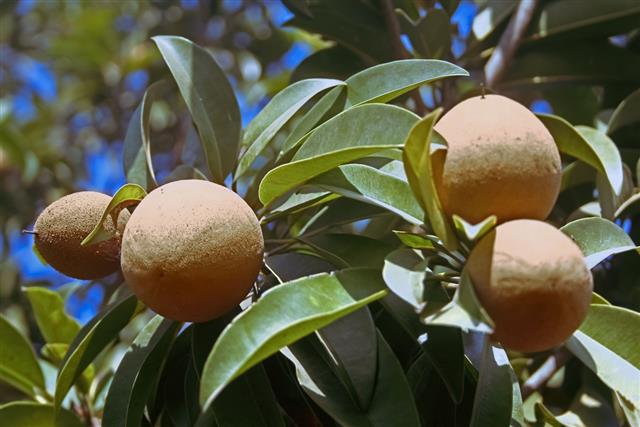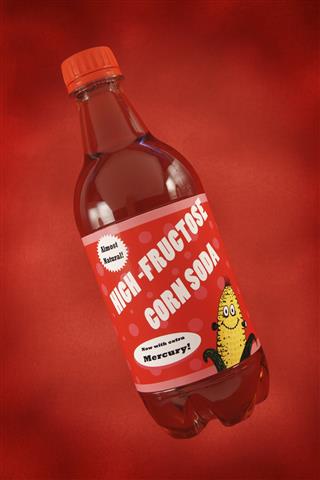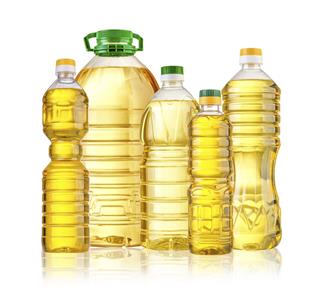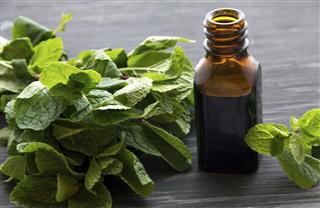
Bubble gum is a favorite with kids as well as adults. This article elucidates how, when, and why this was made.
Bubble gum has a history which goes way back to 1900. Frank Fleer, owner of a candy company, thought of making a gum, out of which bubbles could be blown. Despite the large number of trials he took, he had to settle with a sticky gum which did not make much profit. It was in 1928, when Walter Diemer, who worked for Fleer, stumbled upon a recipe, which was a lot more stretchable and less sticky. He took it to a grocery store, where it was sold very easily. It was named as the ‘Double bubble gum’. Diemer had a nice time teaching his colleagues and little kids to blow bubbles from the gum. ‘Double bubble gum’ ruled the market solely till the entry of ‘Bazooka bubble gum’.
The basic recipe of bubble gum used by different manufacturers remains almost the same. Little variations in the color or flavor are made in order to rank higher in the competitive market.
Ingredients
Gum base
Gum base is the key ingredient of bubble gum. It contains ‘chicle’ which is a rubber like substance obtained from sapodilla tree. Chicle acts as an elasticizer which lets the gum stretch easily without tearing, and the bubbles don’t burst easily. Other gum bases used are jelutong, gutta-percha, and pine rosin. Use of synthetic rubber bases like polyethylene, polyvinyl acetate, and butadiene-styrene rubber is increasing these days.
Sweeteners
About 79% of sugar is present in a single stick of gum. Natural sugar or corn syrup are used in order to give the gum a sweet taste. It also enhances the texture of the gum. Artificial sweeteners like saccharin and aspartame also serve the same purpose.
Flavors
A lot of bubble gums have a fruity taste which is liked by everyone. Natural fruit extracts or synthetic fruit flavoring agents are used for this purpose. There are other flavors like peppermint, spearmint, and cinnamon which are quite strong and last for long.
Softeners
Softeners are generally made from vegetable oils. They blend the bubble gum ingredients well and also give a smooth texture to the gum. Some preservatives like butylated hydroxytoluene are also added to retain the freshness of the gum.
Colors
Pink is the most popular color of bubble gums. But these days they are available in many different colors.
Process of Making Bubble Gum
Step 1
The gum base ingredients are mixed together in a large machine with rotating blades.
Step 2
The ingredients when blended well are heated till they melt.
Step 3
Sugar, softeners, color, and flavoring agents are added slowly to it and mixed thoroughly. The gum begins to thicken and appears like bread dough.
Step 4
Then, the gum has to be flattened. It is passed through huge rollers to get thin sheets of it.
Step 5
The flattened gum can be cut into small pieces or shaped into any desired form. The small gum pieces are sprinkled with powdered sugar and kept for cooling for about 48 hours, so that it sets well. Once it sets properly, it remains fresh for a long time.
Step 6
It is then wrapped with waxed paper, and covered with plastic wrappers.
The large-scale manufacturing of bubble gum is done in clean, hygienic, and air conditioned rooms, where the temperature and humidity can be controlled. Quality control plays an important role in this process. All the ingredients as well as the finished products are checked for purity and quality. Any material which does not fit into the prescribed standards is rejected immediately.





